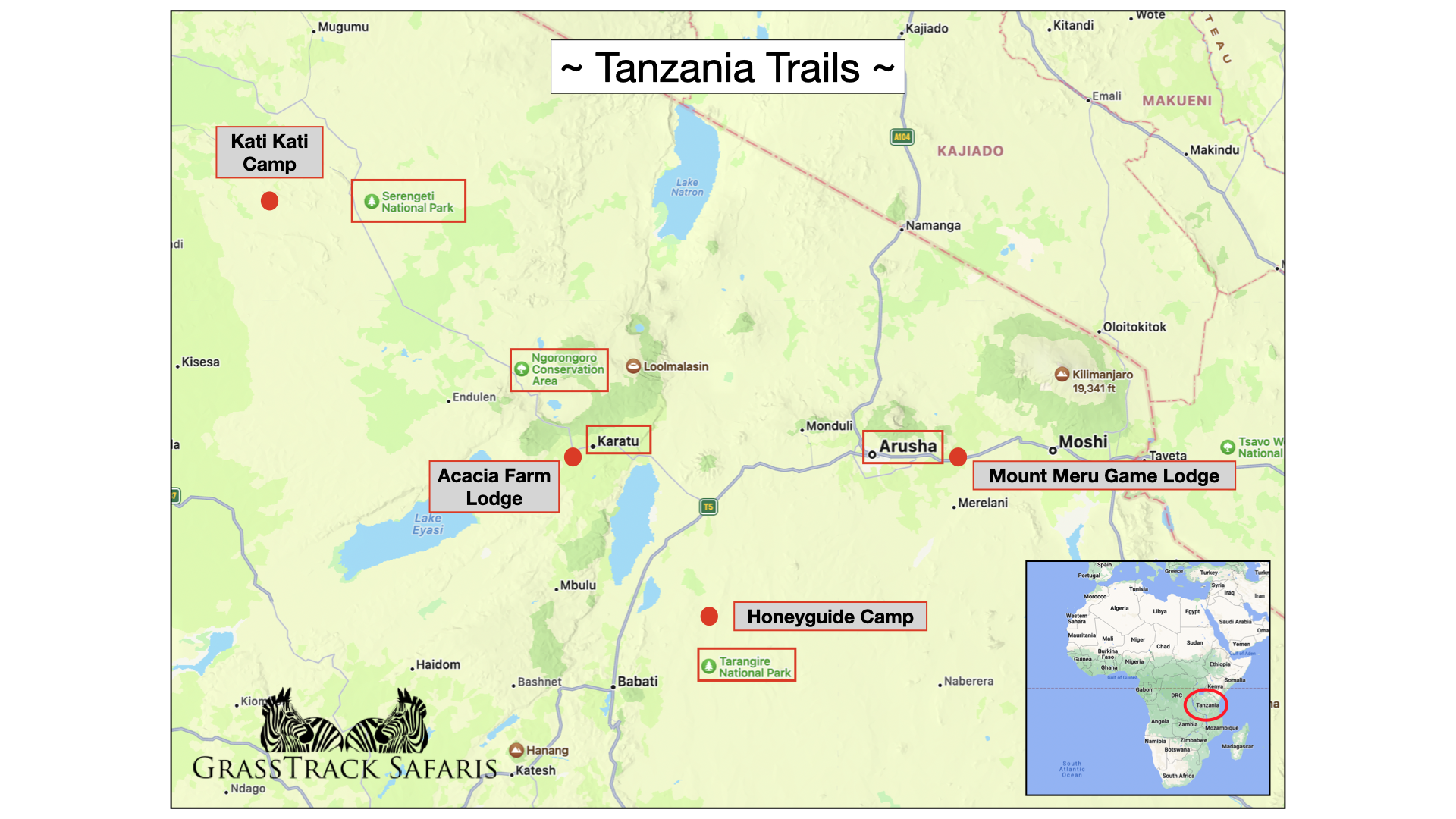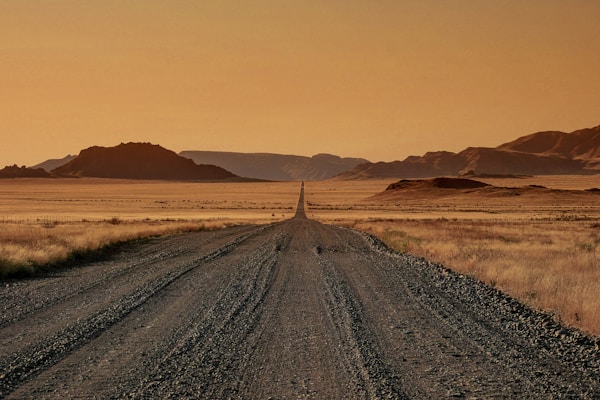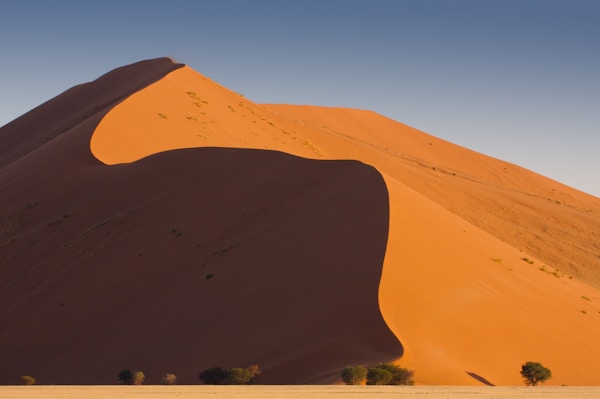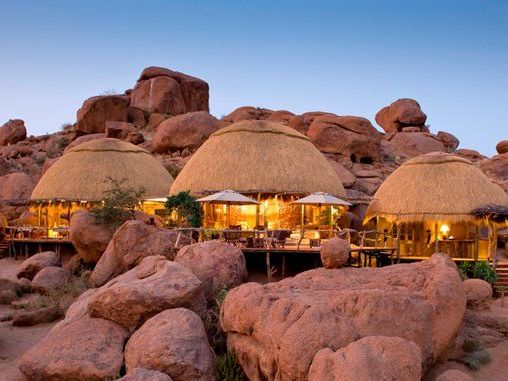
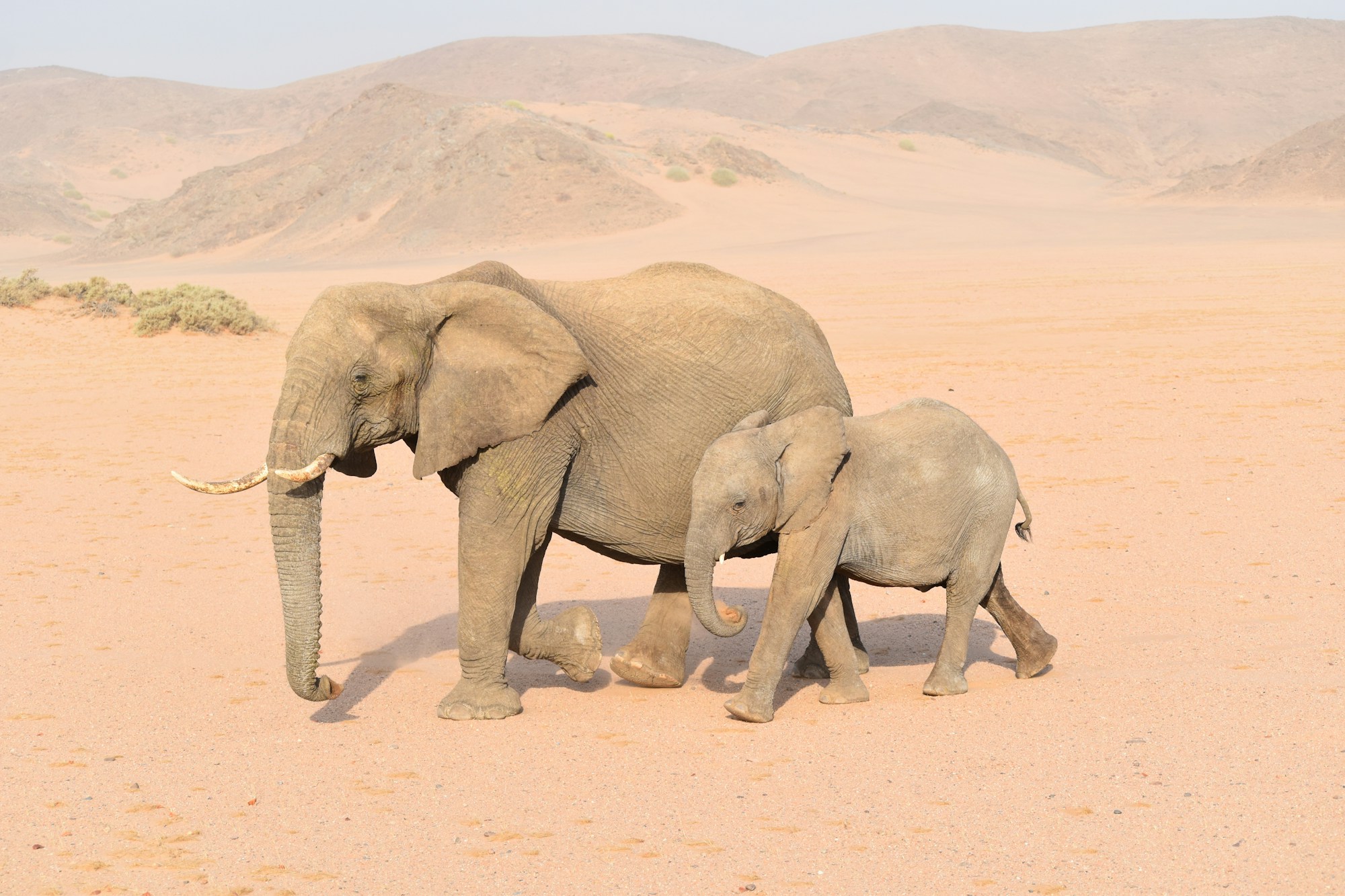
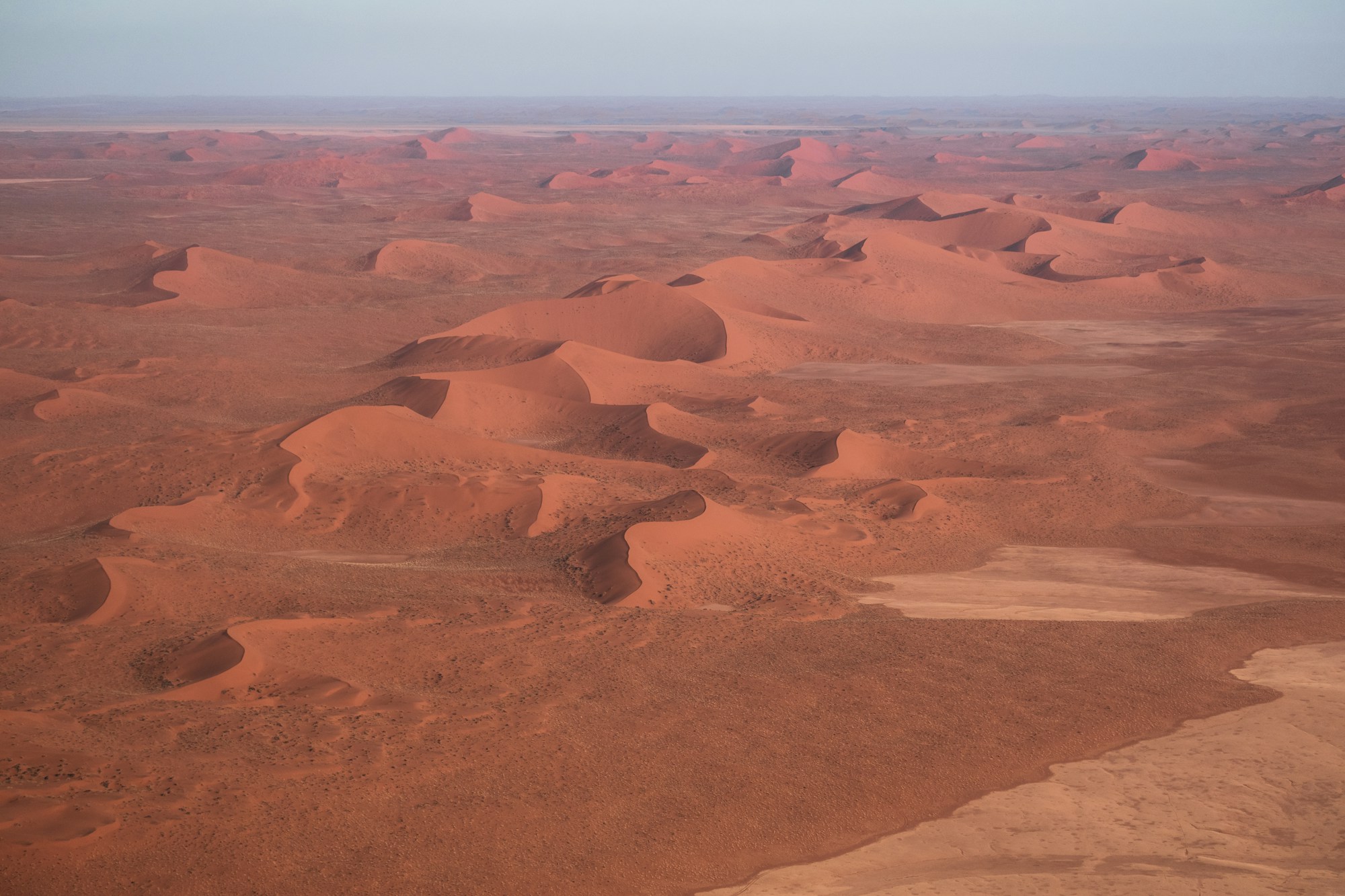
Namibia is a vast country, even by African standards, covering an area approximately twice the size of California and four times the size of the United Kingdom, but with a population of a mere 2 million. This gives one of the lowest population densities in the world. It is also an 'ageless land’; visible through our heritage of rock art created by stone-age artists and geological attractions such as the petrified forest where fossilized tree trunks have lain for over 280 million years. When added to the space and silence, these factors all contribute to a feeling of antiquity, solitude and wilderness. The climate is typical of a semi-desert country. Days are warm to hot and nights are generally cool. Temperatures are modified by the high plateau in the interior and by the cold Benguela Current that runs along the Atlantic coastline. Except for the first few months of the year, the country is generally dry with very little rain.
This Ultimate Namibia Safari affords you the chance to experience this magnificent and memorable country in a very personal way. You will have your own professional and experienced safari guide who will enhance your enjoyment of this unique country by making it a fascinating and stress-free journey of discovery amidst very dramatic scenery. The knowledge, experience, and character of our guides are critical to a successful safari which is why we ensure that they are both personable and very professional. Your guide will have an intimate knowledge of each area and camp/lodge that you visit, allowing them to share the local insights and highlights whilst adding continuity and depth to your safari. It goes without saying that they all know exactly what a "True African Safari" is all about. Not only are our guides highly qualified, each has a specific area of expertise. Together they possess the breadth and depth of knowledge to allow them to answer questions and satisfy the particular interests of each of our guests. The presence and company of your naturalist guide will turn your safari into an experience of a lifetime!
SAFARI HIGHLIGHTS
~ Travel with one of Namibia’s most reputable and well-known naturalist guides.
~ Stay in inside the world’s 4th largest National Park and enjoy early morning access to the dunes.
~ Climb some of the world’s highest free-standing sand dunes.
~ Sea Kayak with seals and dolphins on the Skeleton Coast (alternative option Catamaran Marine Excursion).
~ Search for desert-adapted elephants in ephemeral river systems.
~ Visit the UNESCO World Heritage Site at Twyfelfontein.
~ Memorable & exciting guided game drives within the renowned Etosha National Park, from the vantage point of a specially modified, air conditioned 4x4 with pop tops.
~ Game viewing at a floodlit waterhole at night.
~ Game drive on the private Ongava Reserve.
~ Visit the world renowned AfriCat Foundation and learn more about conservation initiatives involving Africa’s large cats.
THIS SAFARI HAS SCHEDULED DEPARTURES THROUGHOUT 2024. IT IS A GROUP DEPARTURE SO YOU WILL JOIN OTHER TRAVELERS.
A MINIMUM OF 1 GUEST GUARANTEES DEPARTURE (MAX OF 7 GUESTS)




